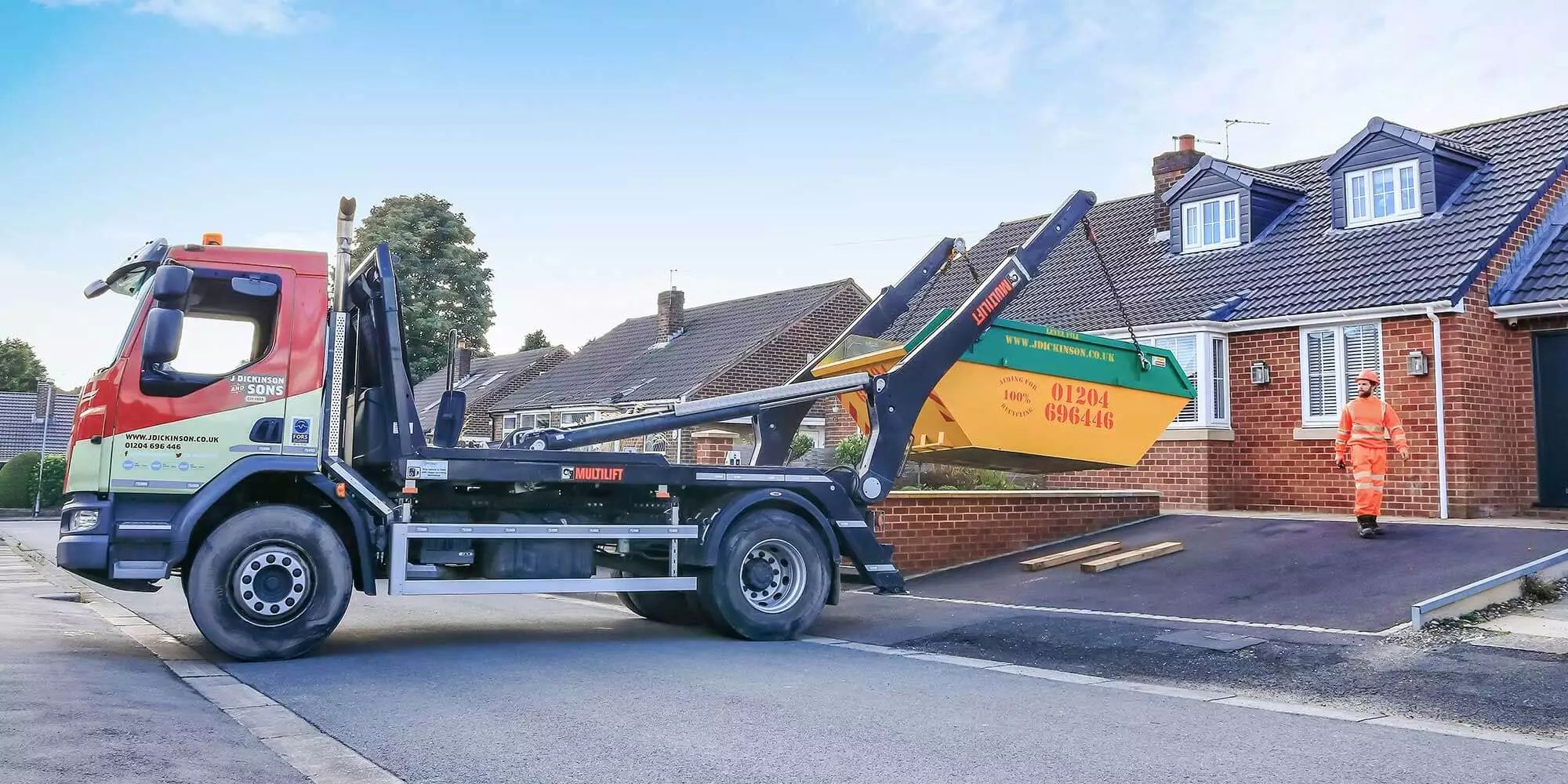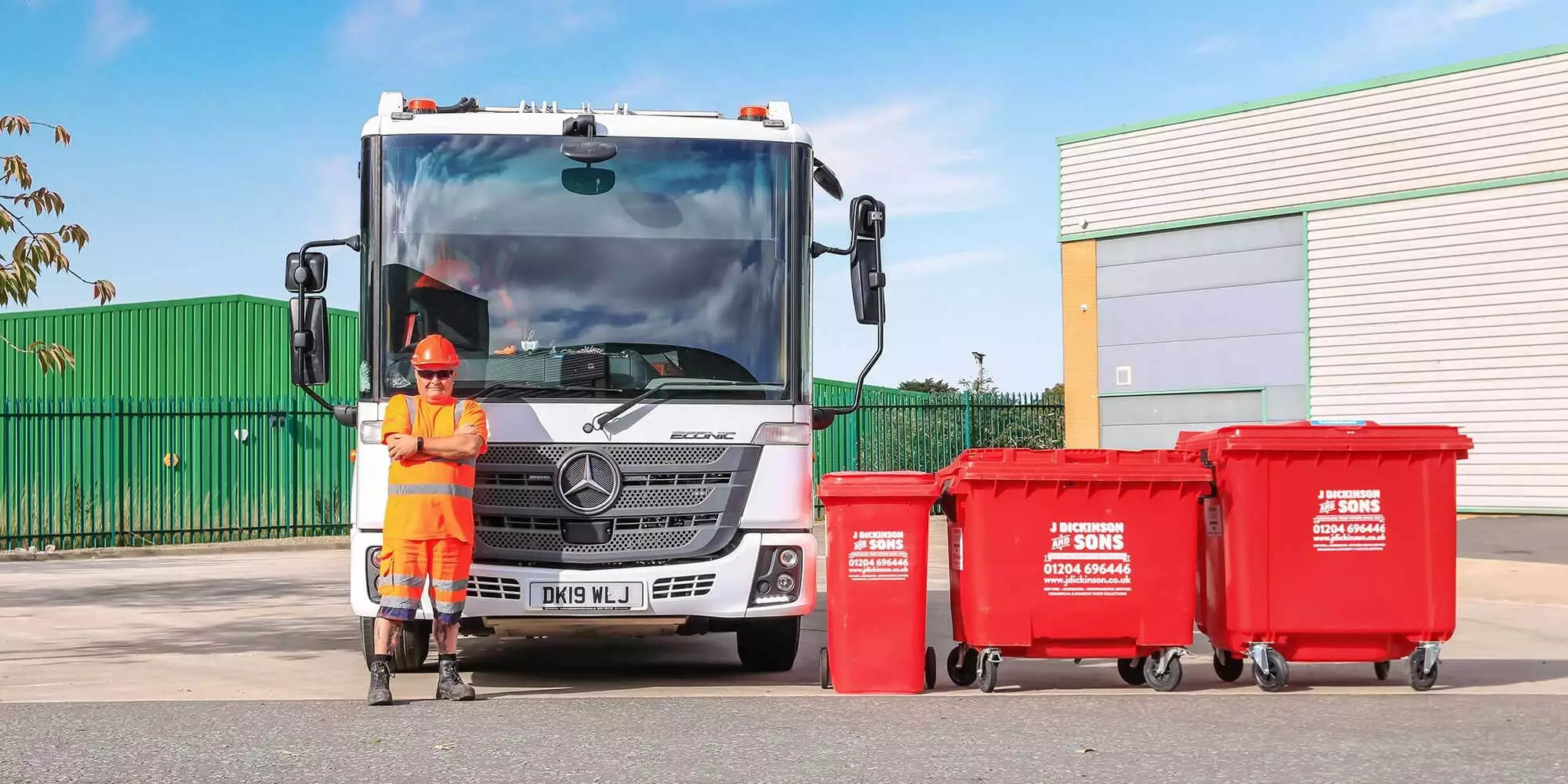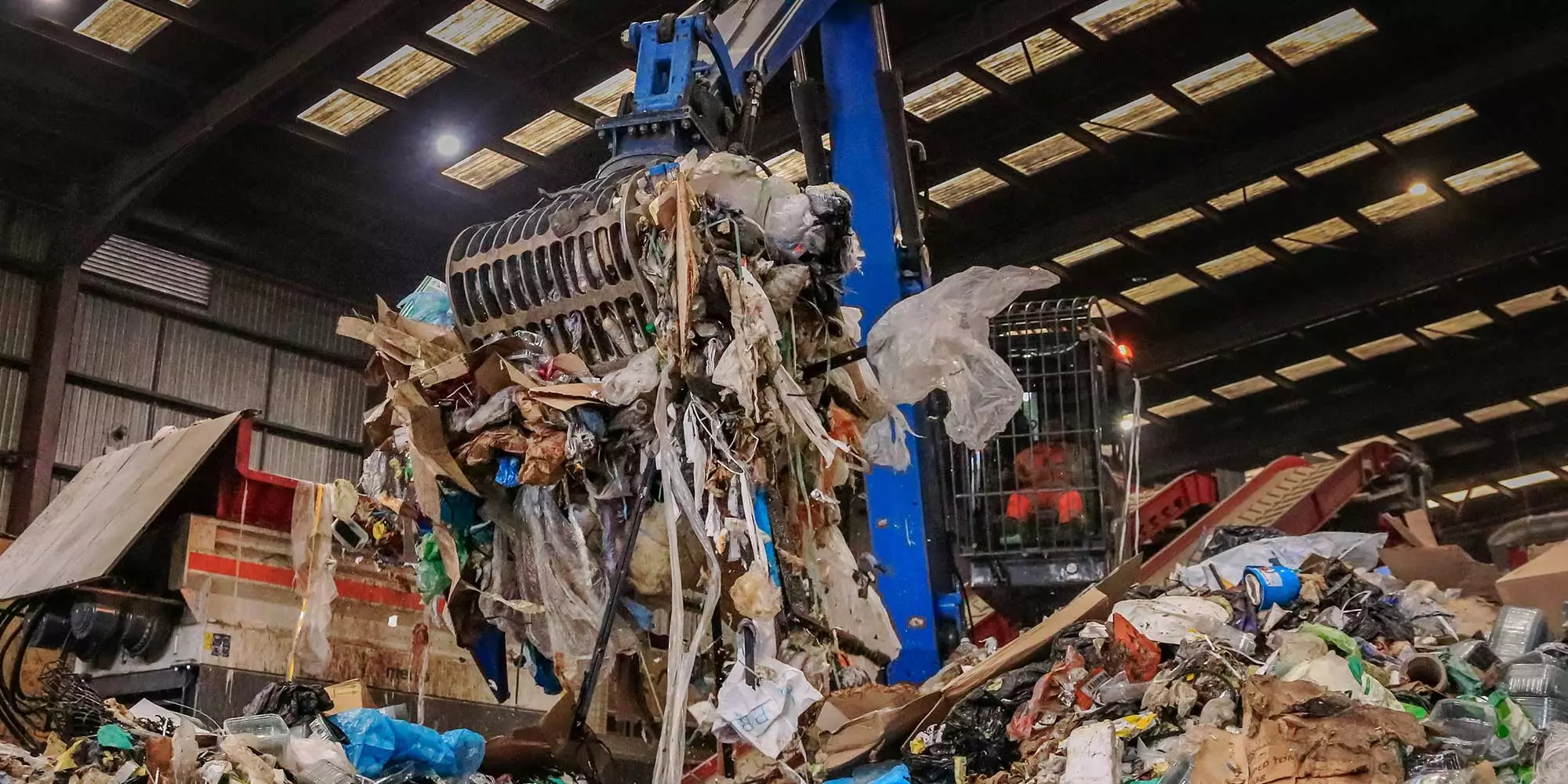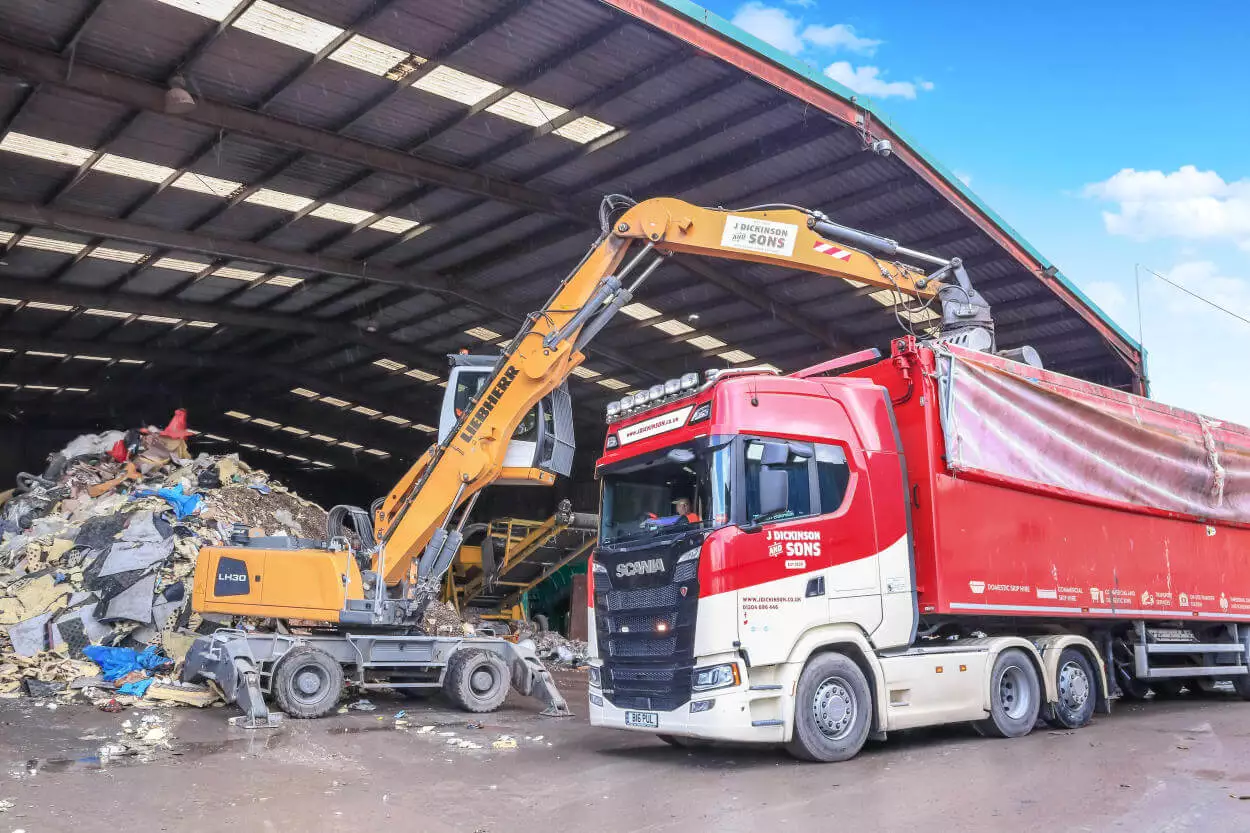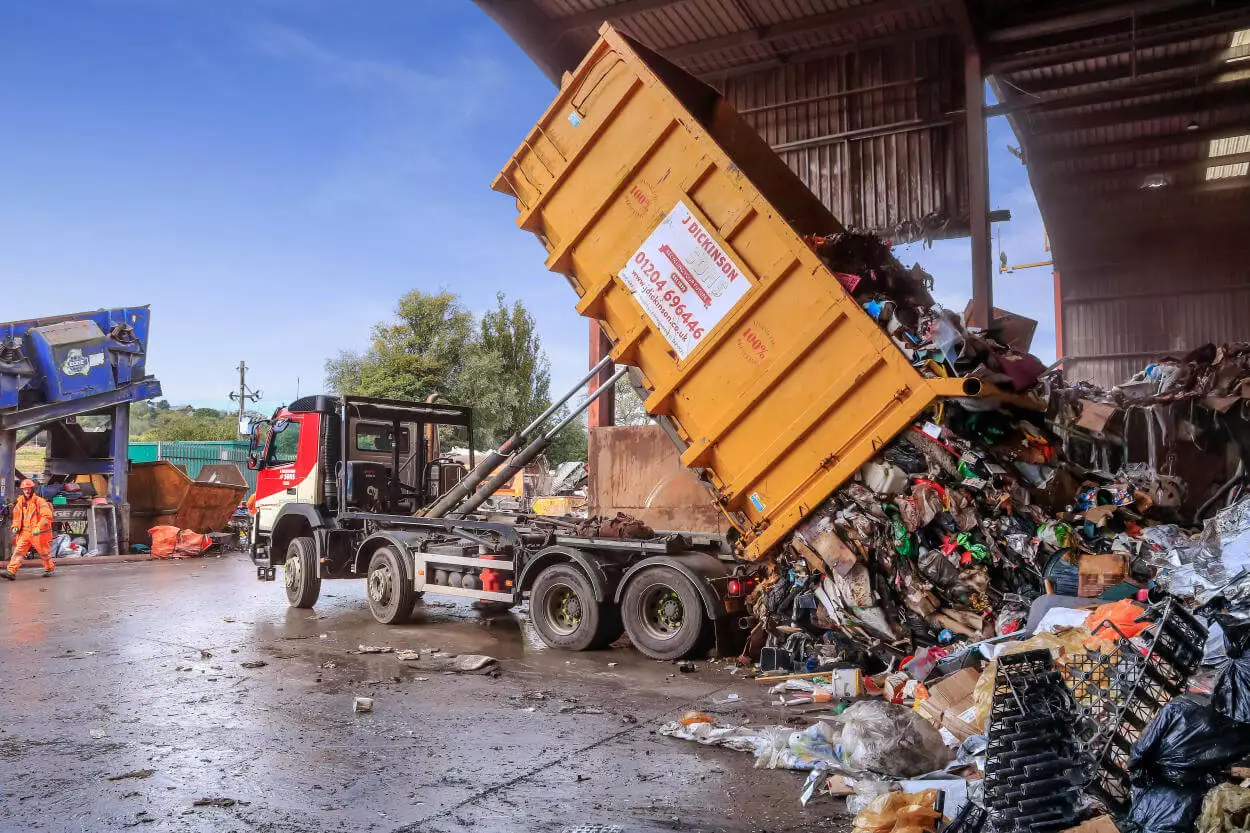The size of skip you need completely depends on your project and the type of waste you’re disposing of. For a smaller domestic project, you might only need a 2-yard skip. Alternatively, if you have more bulky waste you may need to go for one of the 8-yard skip sizes. Thankfully, we can cater to your every need:
Choosing the right skip size
- 2 cubic yard skip: Perfect for small domestic jobs, these skips hold roughly 20-30 bin bags of waste.
- 4 cubic yard skip: These are a great choice for small-sized construction, or small-to-large domestic projects, holding approximately 40-50 bin bags.
- 8 cubic yard skip: These skips hold between 80 and 90 bin bags of waste and are often considered the standard ‘builder’s skip’.
- 14 cubic yard skip: Capable of holding up to 200 black bin bags of waste, these skips are great for small- to mid-scale construction projects.
- 20 cubic yard skip: These skips hold a maximum of 15 tonnes, or around 320 bin bags of waste.
- 40 cubic yard skip: This is the biggest skip we provide, holding roughly 440 black bin bags of waste.
Book a skip
How much waste can I put in a skip?
Choosing the right skip size is crucial to making sure you remove your waste as efficiently as possible.. Our skips come in various sizes, accommodating different amounts of waste. While the specific sizes might vary, it’s important to follow these general guidelines:
Weight Restrictions and Filling Height
In addition to volume restrictions, there are weight restrictions to consider. Certain types of waste, like soil and rubble, can be heavier than others. Make sure you’re aware of these weight limits to avoid any issues. Additionally, consider the filling height – waste should not exceed the top edge of the skip. If you overfill a skip it can be dangerous, or sometimes impossible to remove.
Level Loading Explained
When we refer to “level loading,” we mean that the waste should be evenly distributed within the skip. This practice ensures safe transportation and prevents items from falling out when we’re taking your waste away.
Book a skip
